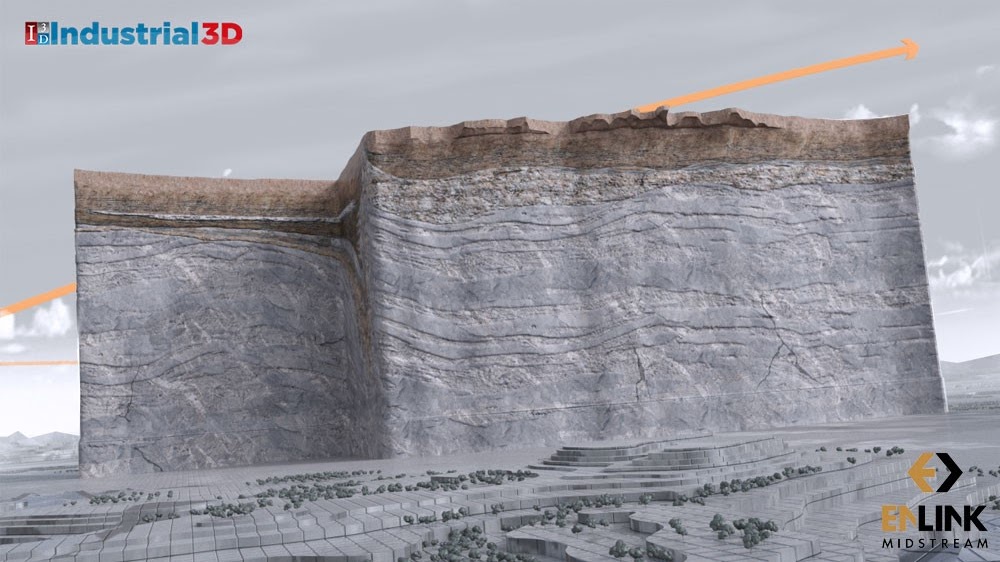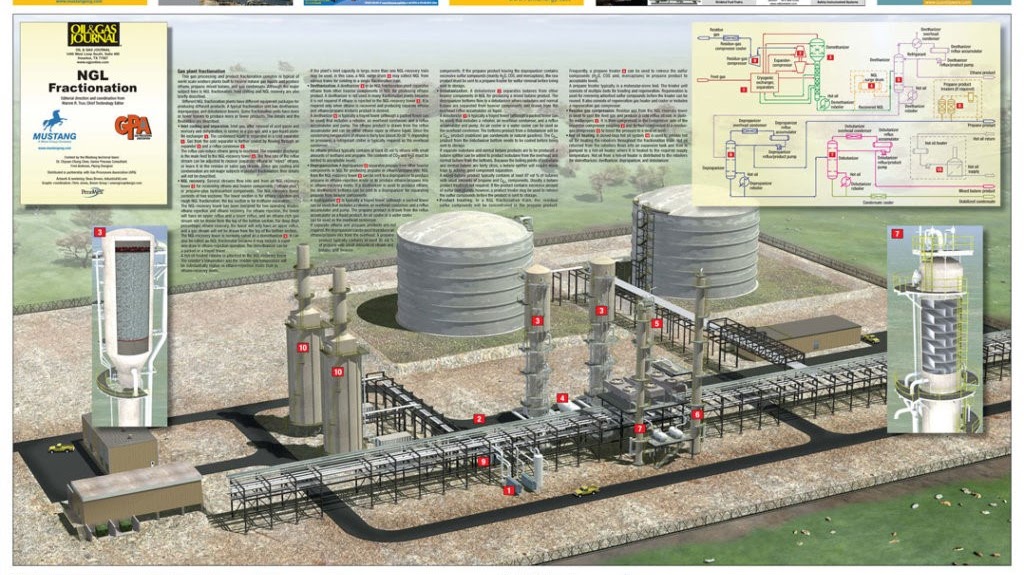Marketing Company
The realm of 3D animation presents an extensive array of opportunities for both creators and businesses. The utilization of 3D animation allows businesses to generate product demonstrations, promotional videos, and educational materials with remarkable flexibility. Witness the awe-inspiring animations showcased in this video, skillfully crafted with Unity by talented content creators from various parts of the world.
The daily responsibilities of a 3D Animator tend to differ based on the nature of the video production assignment. Prior to commencing each new project, it is imperative to conduct fresh research and engage in meticulous planning to ensure adequate preparation. After gathering all the necessary information regarding the subject matter, company, and overall objective of the project, the animator can commence with the technical aspects of the job.
Real-time animation is a widely employed technique in video games. More recently, it has found application in the virtual production of films, television series, and live broadcasts as well.


